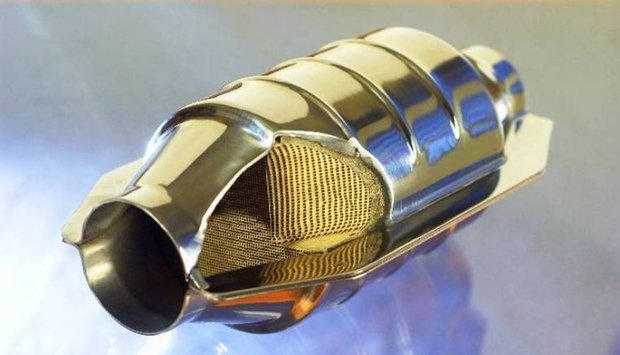What Are Emission Control Catalysts?

With so much interest being placed on emissions and air quality, it’s not surprising that you may have come across the term “emission control catalysts.” But what are they?
At Applied Catalysts, we develop and produce various types of emission control catalysts that are used by car manufacturers around the world. As one of the most dedicated catalyst manufacturing companies, we have created a piece to answer this question in full.
Keep reading to find out everything you need to know about emission control catalysts and how they work to improve air quality!
So, what is an emission control catalyst?
An emission control catalyst is a device that helps to break down harmful emissions from vehicles, power plants, and other industrial sources before they’re released into the atmosphere.
Catalytic converters are located in the exhaust system of most modern vehicles. The main function of a catalytic converter is to reduce the harmful emissions produced by a car’s engine, such as carbon monoxide (CO), hydrocarbons (HCs), and nitrogen oxides (NOx).
How do emission control catalysts work?
Emission control catalysts work by using a chemical reaction to convert the harmful emissions into less harmful substances. The gases from the engine pass through a honeycomb-shaped structure that is coated with a catalyst, such as platinum (Pt) and/or palladium (Pd) along with rhodium (Rh).
As the gases flow through the catalyst, two main chemical reactions take place and the emissions are converted into less harmful substances. These chemical reactions are
1. Reduction
This process is also known as the process of removing oxygen from nitrogen oxide. During the process, nitrogen oxides (NOx) are converted into nitrogen gas (N2) and oxygen gas (O2). Since these gases exist in the air we breathe, they are not harmful to the environment.
2. Oxidation
This process is the opposite of the reduction process. It basically works by adding oxygen to carbon monoxide. When oxygen is added to carbon monoxide, the result is carbon dioxide. This is a gas that is also present in the air, so it’s not harmful to the environment.
The oxidation reactions in the catalytic converter also convert hydrocarbons into carbon dioxide and water vapor.
Are catalytic converters required by law?
The answer to this question depends on the country or state you live in. In some countries, catalytic converters are not required by law. However, in other countries, such as the United States, Canada, and Japan, catalytic converters are required by law on all vehicles.
These laws may, however, have some specifications even in the countries that have them. And as mentioned before, they can also vary from one state to another.
Do all vehicles have catalytic converters?
No, not all vehicles have catalytic converters. In fact, most older model vehicles do not have them. Catalytic converters were first introduced in the 1970s, so any vehicle manufactured before that time is unlikely to have one.
Some newer vehicles, such as electric cars, do not have catalytic converters because they don’t produce emissions.
There you go,
As you can see, emission control catalysts play a very important role in reducing the harmful emissions produced by vehicles and other sources. By helping to convert the emissions into less harmful substances, they help to improve air quality and protect the environment.
If you have any questions about emission control catalysts or how they work, please don’t hesitate to contact us. We would be more than glad to answer any of your questions!




